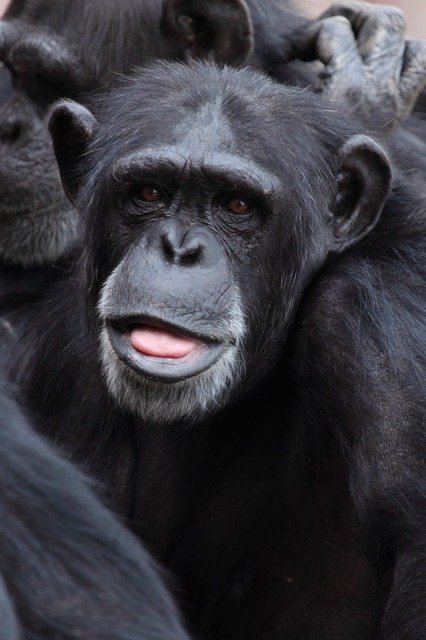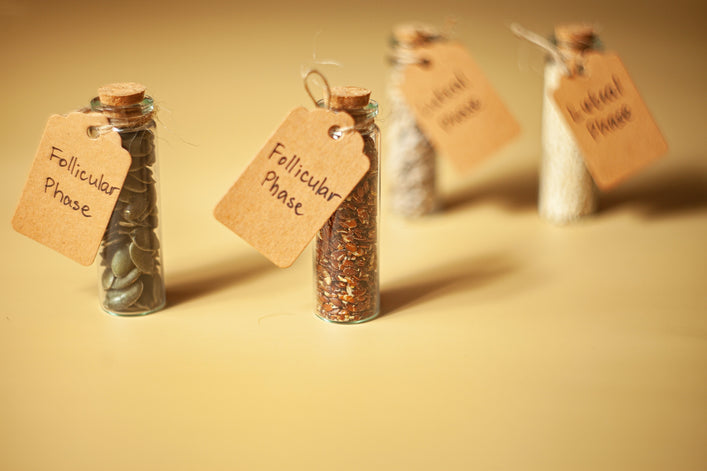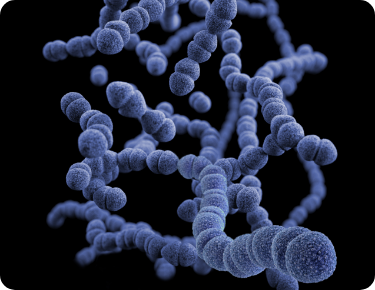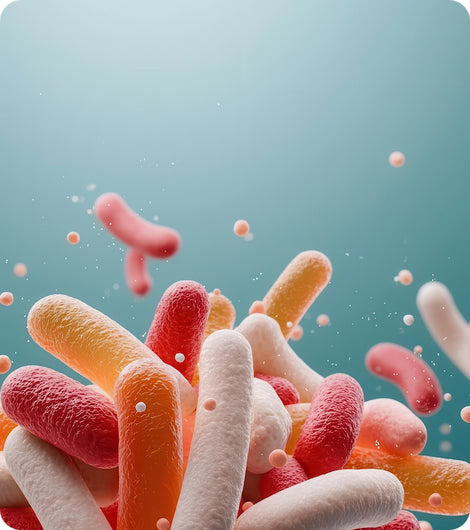The wild world of your oral microbiome.
The National Zoo in Washington, D.C. is home to roughly 300 different species of animals. And just so you know, right now your mouth probably houses about the same number of species of bacteria.
Yup, at any one time, there’s a whole zoo’s worth of tiny microbes – between 200 and 300 species – in your mouth, merrily mingling with each other and their host.
That’s you.
But that’s literally only half the story because the experts who run the Human Oral Microbiome Database estimate there are actually a total of about 700 different bacterial species that can inhabit humans’ mouths, and their records are being updated almost every day as more and more is learned about these miniature critters.
There’s still a way to go. Right now only about half of them even have names.
But we humans have been aware of microbes for a few hundred years. In fact, the first person on record to see oral bacteria was Antonie Van Leeuwenhoek, a citizen scientist if ever there was one.
Despite having no scientific education or training, he built over 500 “microscopes” and went on to make some extraordinary discoveries with them.
Actually his devices were just hand-ground magnifying lenses rather than compound microscopes like the ones used in today’s laboratories, but they were exceptionally powerful, enabling him to magnify specimens over 200 times.
Among the samples he chose to observe in 1683 were scrapings removed from the mouths of two old men who had never cleaned their teeth.
Never. In their whole lives.
Apparently unfazed by such grossness, according to a letter Van Leeuwenhoek wrote to the Royal Society in London, when he examined the gentlemen's’ plaque he observed “an unbelievably great company of animalcules … in such enormous numbers that all the water [saliva]… seemed to be alive.”
How very lovely.
What he called animalcules (little animals), we now know as bacteria, but in fact over 250 years later in 1929 the zoologist Charles Atwood Kofoid was still writing about “animal parasites of the mouth and their relation to dental disease”.
Speaking of disease, we may tend to think of bacteria as being bad for health, but in fact, there’s quite a bit of evidence that at least some of the species found in the mouth are good for us, keeping pathogenic microbes at bay by stopping them sticking to different oral surfaces.
So while cleaning your teeth is important, overdoing it with antibacterial mouthwashes may be a bad thing, removing the good microbes with the bad.
That’s no excuse for skipping good dental hygiene, though, as many adults do. In fact, half of Americans don’t floss daily, and one in five don’t brush twice a day.
Maybe this is why 10% of American adults between 50 and 64 have no teeth left.
If you imagined that the mouth contained one homogenous microbial ecosystem, think again.
Certain species live on the tongue, others opt for the roof of the mouth or inside the cheeks.
Some like to hang out on the teeth, others on the gums.
Then there are those that specialize in living on dental fillings or false teeth, and, incredibly, there are even microbes which prefer the tonsils.
Of course, bad dental hygiene allows the wrong kinds of bacteria to multiply, leading to halitosis, gum disease, tooth loss, and heart disease.
Curiously, researchers at Luzhou Medical College in China even observed erectile dysfunction when they deliberately induced gum disease in their experiment’s participants.
This was with rats, mind you, but perhaps it should serve as an extra reminder to human males too.
Don’t forget to brush your teeth before bed.
Have a great week!













